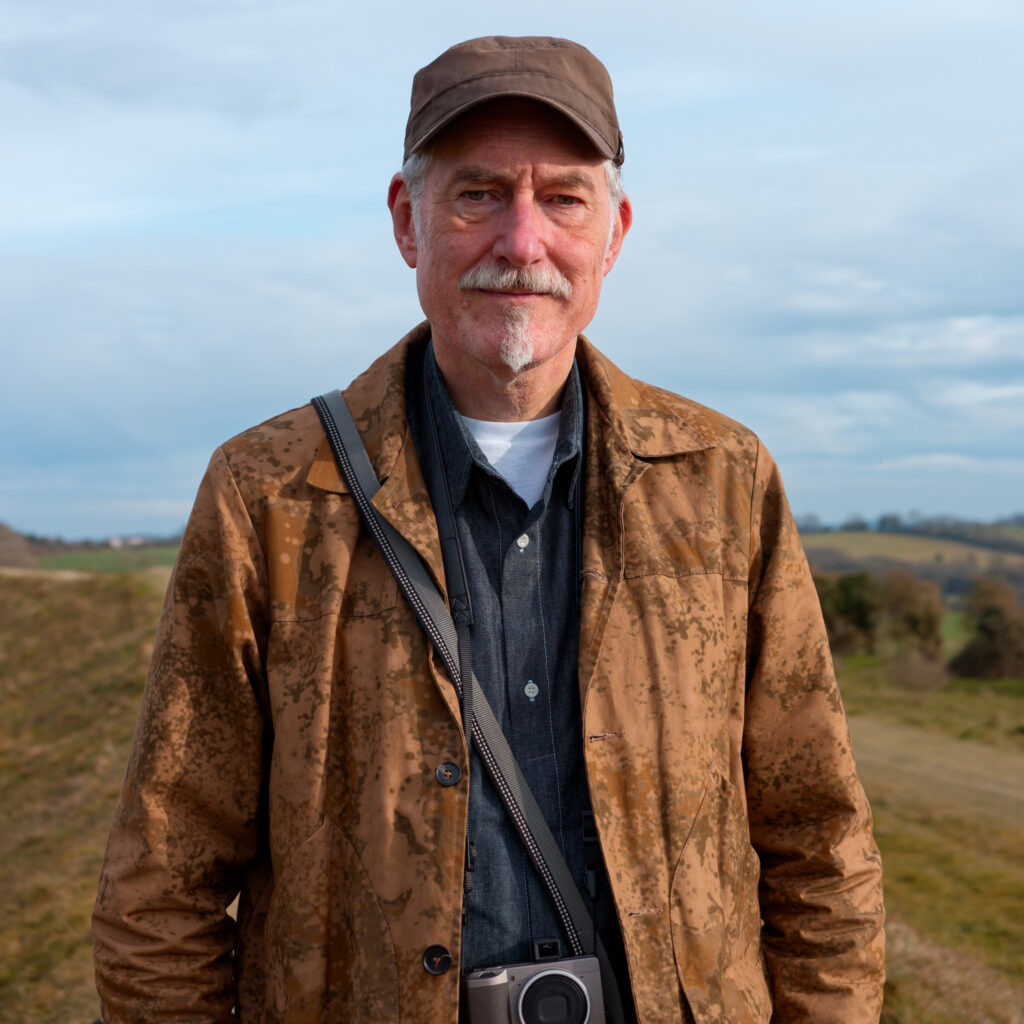An Informal Introduction

Music & Performance Art
I turned eighteen in 1985. In my first-year electrical engineering class at the University of the Witwatersrand, I befriended a fellow student – Tony Burton – a friendship that changed all my plans.
Innocuously enough, Tony and I started a band.
However – between 1986 and 1992 – it became a collective of like-minded friends who used music, performance, film, and general zaniness to subvert – and bear – the Apartheid State in which we found ourselves.
Initially we called ourselves Vache Noire, later we became Nkomo Mnyama, and later still – a graphic of a stylised black cow.1
Inspired by this project, I started experimenting with various media and creative possibilities which – in the context of South African art history – were pretty much non-existent at the time… if existent at all.
Computer & Computer-Generated Art
Using my self-taught computer programming skills and my trusty old Sinclair ZX Spectrum; I created simple programs which generated sounds and graphics which I used in our performances. One could save the programs for the Sinclair Spectrum on audio cassettes. The sound of these recordings was very similar to old dial-up internet modems – for those ancient enough to remember. Needless to say, I also used that noise in some songs.
For my first official art exhibition – Last Attempt at Paradise – in Johannesburg in 1991; I exhibited a computer work called – Second Annual Report. For this work, I had programmed my ZX Spectrum to plot randomly generated, red ‘profit graphs’ of the screen. It drew 100 plots across the screen before it reset and started again. After 100 iterations of plotting random graphs, the screen would look like a blood smear or fire.
The above-mentioned works must be some of the first – if not the first – examples of computer- and computer-generated art and music in South Africa.2
8mm Film Art
In 1986 I discovered my dad’s old 8mm film camera and started experimenting with film. My first short film – I love the smell of burning dust – made in 1986 – was essentially intended as a live back-projection when we performed our similarly titled song.
In 1987, inspired by Jane Alexander’s photomontages of the early 1980’s, I started creating rudimentary stop-motion animations of cut-out elements of photocopies of famous photos. I combined these sequences with footage filmed from television, my rudimentary computer graphics, and choreographed scenes from around my parental home. Intent on recording a soundtrack for my new film – … and some land that no-one needs for several years – I had the good fortune of meeting Yunus and Iqbal Momoniat – pioneers of South African experimental, independent music. I recorded the soundtrack – and all my subsequent film soundtracks – at their long-defunct Velvet Tongue studio.
In order to combine the 8mm visuals with the soundtracks, I had to rely on doing very lo-fi, telecines of the films onto VHS tape, and then overdub the audio. I simply didn’t have the money for anything more elaborate.
In 1989 I made the 8mm film – Requiem: Architecture and Morality – based on the architecture of the Apartheid State. That included plans of black townships – like Soweto – to recordings of John Vorster Square – which was the police headquarters where many anti-apartheid activists had been tortured and murdered. In 1990, Nelson Mandela was released from prison – starting the countdown to South Africa’s first democratic elections. In 1991, Architecture and Morality was purchased by the South African National Gallery – which along with a work by William Kentridge – were the first examples of film art ever bought by a South African public gallery.
In 1990, I bought my first video camera. I finished my last 8mm film – Pagan Paean – in 1991.3
To be continued…
1: I have extensive documentation of Vache Noire performances and music which is currently being digitised. It will be posted in due course.
2: In time I will supply actual examples and more documentation of the computer works mentioned.
3: In 2024/25 I had all my 8mm film masters professionally scanned in 4K. I am currently remastering them along with their newly digitised soundtracks.